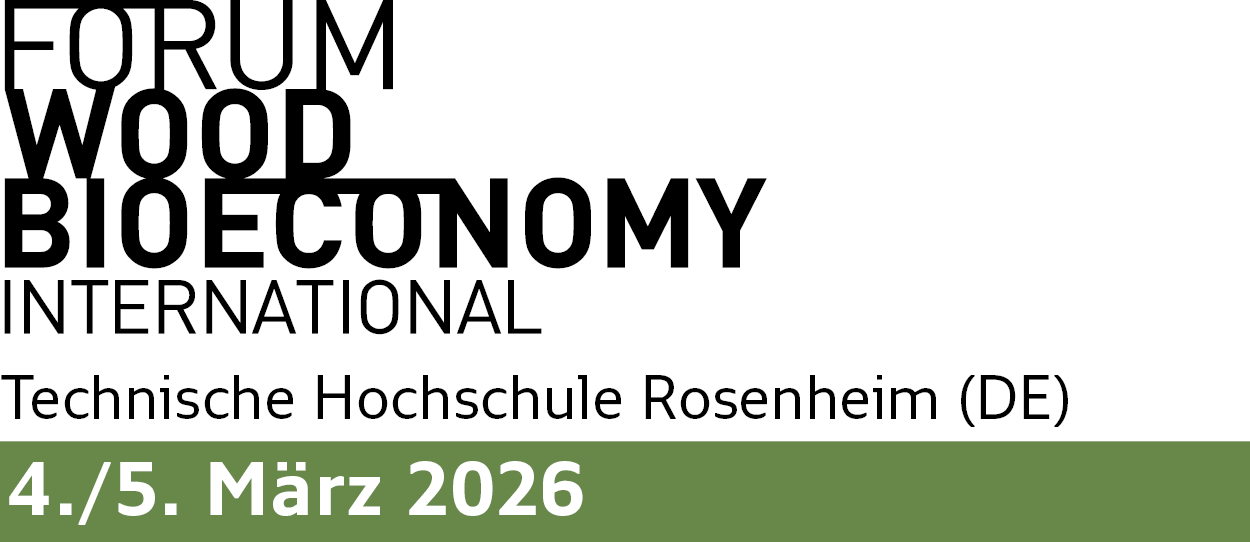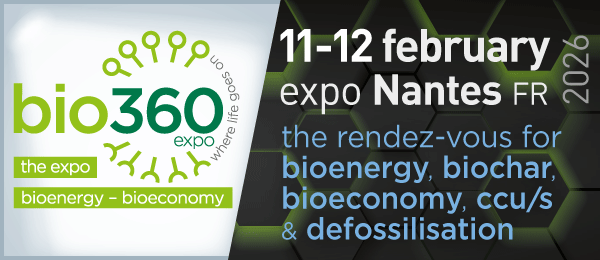Already since the fifties, cultivation of plant cells is well-known. We produce medicines with it. We don’t use the entire plant, just separate cells in a liquid. Wood production in the lab (link in Dutch) starts in the same vein, by New Dawn Bio company.
This branch of science started in the fifties. It is used among other for the production of medicines. Company Another Food from Singapore produces coffee using this technique, like Pluri from Israel. Another Israelian company, Celeste Bio, tries to master the ailing cocoa nut. The Californian company Chi Botanic researches the production of aloe vera and lemon with this method. Even the cotton plant grows in a lab already: in Boston, Galy company treats cotton fibres from separate cells, since a few years.
Production in the lab
But wood production, that is a new venture. Tom Clement is the founder of New Dawn Bio. He grows wood in the lab – from real plant cells. He started off from the question: why do we always saw square planks from a round tree? Wouldn’t we be able to change that, for instance by placing a square armour around the tree? But soon he realized that this would be unpractical. Each year we would have to place a new armour around the tree, for sixty years at a stretch. Therefore, the next idea was: would it be possible to grow wood in the lab? Grow not the entire tree, bit just the wood?
That was the foundational idea of the company. Started together with Ruben van Spaandonk. As yet, the company is small; it is located on the third floor of a business park in Wageningen, together with other biotechnology companies. As yet, their main source of income is a subsidy of Gelderland province, and some private investments.
New Dawn Bio: wood from the lab
So, how does wood production in the lab fare? As yet, the only result is a small piece, pressed between two glass plates. ‘The very first lab-grown wood in the world.’ It is real wood, nevertheless: it contains wood vessels and fibres. The first take care of transport of water from the soil to above, the second take care of firmness. They both consist of dead cells. Firstly, the living cell produces the firm exterior, after which the interior dies. This will also produce the pattern of tree rings. In springtime, trees produce rather large vessels, in summertime smaller vessels. Large vessels produce lighter wood, smaller vessels and fibres stronger wood. With the new techniques, we will be able to choose what kind of wood will result. And it has a major advantage: with it, we can grow wood year around.
This principle of plant cell production exists already. In pharmaceutical industry, this technique is being used for production of medicines. Not even using the entire plant, but using separate cells in a fluid. This is also the technique used at New Dawn Bio. The cells are recovered from the leaves; unspecific cells that can still develop into different directions. Those leaf parts are transferred to a shaking machine, that will loosen individual stem cells. Then, we can glue them together, after which they grow forming a new structure, and die afterwards.
Glueing
The company’s secret is that these cells stick together. This will produce ‘wood’. The precise properties of which will be determined by the glueing process. But it still needs to be proven that the wood produced in this way will have the correct properties, for instance for building purposes. That will have to be proven in the next few years, Anyway, the start promises a lot.
This process offers magnificent views. If we would be able to produce all sawn wood in this way, forests would be able to capture CO2 from the air undisturbed. According to the company, a mere 5% of all wood now ends up in a sawn product. The rest will go to waste. Branches sawn off, wood used for paper production, biofuels, sawing losses. The downside is that the isolated cells will have to be fed, with sugar water. Therefore, we will have to produce much more sugar; three times as much, according to calculations. Will we be able to do that? Yes, we might, for all sugar production taken together occupies less than half a percent of all agricultural land in the world.
Strategy
What then is New Dawn Bio’s strategy? They will first of all concentrate on the more expensive wood varieties. Like tropical hardwood. Will they be able to do that? They experiment with it. We will be able to produce useful forms in this way, like tables and chairs? The big advantage is that we can grow wood into any form desired; without any sawing losses. Like tabletops with round angles, and with holes for table legs.
Already, New Dawn Bio considers such options, while in the meantime they just have one little slice. But the leap may not be that big. Producing a windowsill will require the same technology as producing a slice, or an airplane wing. There is just a difference in scale. So, if they can produce a windowsill, in principle the whole world will open up for them.
Author
Diederik van der Hoeven
Source
Supplier
New Dawn Bio
Province of Gelderland
Share
Renewable Carbon News – Daily Newsletter
Subscribe to our daily email newsletter – the world's leading newsletter on renewable materials and chemicals















